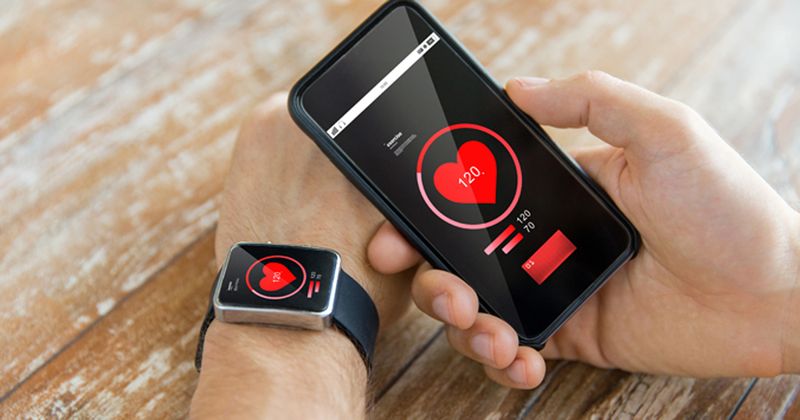Mobile health intervention improves physical activity, quality of life in HF, diabetes
A mobile health intervention that included texts with feedback and updated personalized physical activity goals improved physical activity, quality of life and metabolomic profiling in patients with HF and diabetes, a speaker reported.
“It’s well known that regular physical activity is essential to optimal cardiovascular health. In heart failure, we know from the HF-ACTION trial that exercise training improved outcomes and quality of life. In diabetics, physical activity has been shown to improve glycemic control and reduce diabetic complications,” G. Michael Felker, MD, MHS, FHFSA, professor of medicine and vice chief for clinical research of Duke Cardiology and director of cardiovascular research at the Duke Clinical Research Institute, said during a presentation of the TARGET-HF-DM trial at the Heart Failure Society of America Annual Scientific Meeting. “However, anybody who has ever joined a gym knows that the impact of these sort of recommendations is limited by declining adherence over time. There is now a variety of digital tools, platforms and mobile technologies [that] might allow us to leverage them to improve health behaviors over time.”

To evaluate the effectiveness of a mobile health intervention to improve physical activity and quality of life in patients with HF and diabetes, researchers enrolled 187 patients (mean age, 59 years; 35% women; 47% Black) at six U.S. centers. All participants received a wearable step counter and weekly text reminders to wear it; however, the intervention arm received additional text feedback as well as incremental personalized activity goals three times per week.
The primary endpoint was change at 3 months in physical activity measured by mean daily step count. Secondary endpoints included change in Kansas City Cardiomyopathy Questionnaire (KCCQ) score, N-terminal pro-B-type natriuretic peptide and HbA1c at 3 months. Exploratory endpoints included change in mean daily step count at 6 months and change in metabolomic profiling at 3 months.
Participants in the intervention arm received feedback and personalized goals for 3 months while data collection continued for an additional 3 months thereafter.
The mean baseline step count was 3,055.5 to 3,628 steps per day. At 3 months, researchers observed a modest increase in daily steps in the intervention group and a modest decrease in the standard care group (mean difference, 313 steps per day; 95% CI, 8-619; P = .04). These results remained consistent out to 6 months, and the between-group difference increased to 409 steps per day, although the trend was not statistically significant (95% CI, 59-876; P = .09).
Quality of life as assessed by the KCCQ score was better in the intervention arm compared with the standard care group, with a between-group difference of 5.5 points (95% CI, 1.4-9.6; P = .009).
According to the presentation, there was no significant between-group difference at 3 months for change in NT-proBNP (P = .2) and change in HbA1c (P = .44).
To evaluate metabolomic profiling, researchers assessed changes in long-chain acetyl carnitines in a subset of patients.

“If you’re not familiar with this kind of metabolomic profiling, long-chain acetyl carnitines have been associated with disordered metabolism in heart failure and diabetes and worse prognosis,” Felker said.
According to the presentation, long-chain acetyl carnitine levels were generally decreased in the intervention arm compared with the standard care group.
“In patients with both HF and diabetes, a 3-month [mobile health] intervention significantly improved daily physical activity ... health-related quality of life as measured by KCCQ and metabolomic profiles of peripheral blood. These treatment effects persisted at least 3 months out past the active intervention. These data have important implications for how we might design more effective lifestyle interventions in patients with both HF and diabetes.”

